The government launched the Sovereign Gold Bond Scheme FY 2019-20 – Series II. Bonds will be open for subscription from 8th July 2019 to 12th July 2019. The Bonds will be issued on 16th July 2019. Let us see the eligibility, features and who can invest.
This is the second tranche of the Financial Year 2019-20. This Gold Bonds scheme was launched in November 2015. The government launched this scheme to reduce the demand for physical gold. Indians buy around 300 tons of gold every year. This is to be imported from outside countries. Let us see the silent features of this scheme.
The Bonds shall be issued in the form of Government of India Stock in accordance with section 3 of the Government Securities Act, 2006. The investors will be issued a Holding Certificate (Form C). The Bonds shall be eligible for conversion into de-mat form.
Features of Sovereign Gold Bond Scheme FY 2019-20 – Series II
Before proceeding further, I will try to explain how the Sovereign Gold Bond Scheme FY 2019-20 – Series II works in a simple image.
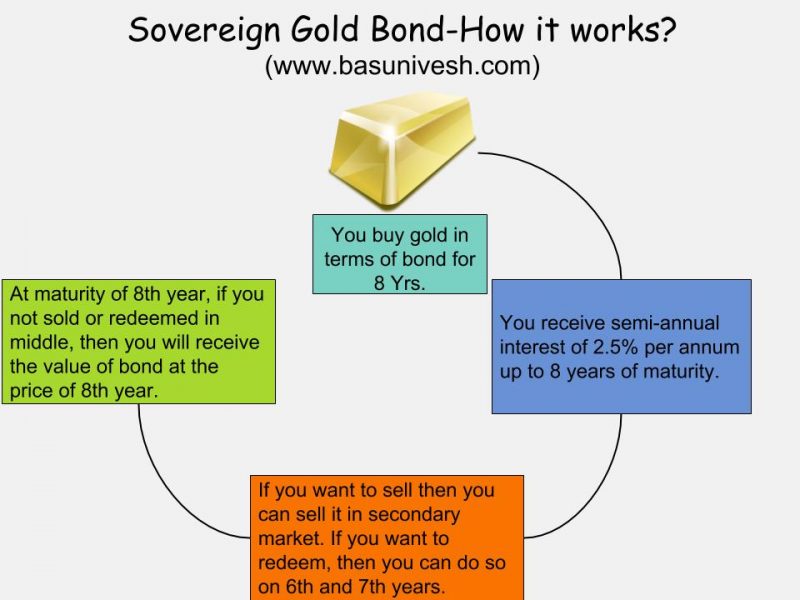
# Dates to subscribe
Sovereign Gold Bond Scheme FY 2019-20 – Series II will be open for subscription from 8th July 2019 to 12th July 2019. The Bonds will be issued on 16th July 2019.
# Who can invest?
Resident Indian entities including individuals (in his capacity as such individual, or on behalf of minor child, or jointly with any other individual.), HUFs, Trusts, Universities, and Charitable Institutions can invest in such bonds.
Hence, NRIs are not allowed to participate in the Sovereign Gold Bond Scheme FY 2019-20 – Series II.
# Tenure of the Bond
The tenor of the Bond will be for a period of 8 years with exit option from 5th year to be exercised on the interest payment dates.
Hence, after the 5 years onward you can redeem it on 6th, 7th or at maturity of 8th year. Before that, you can’t redeem.
RBI/depository shall inform the investor of the date of maturity of the Bond one month before its maturity.
# Minimum and Maximum investment
You have to purchase a minimum of 1 gram of gold. The maximum amount subscribed by an entity will not be more than 4 kgs per person per fiscal year (April-March) for individuals and HUF and 20 kg for trusts and similar entities notified by the government from time to time per fiscal year (April – March).
In the case of joint holding, the investment limit of 4 kgs will be applied to the first applicant only. The annual ceiling will include bonds subscribed under different tranches during initial issuance by the Government and those purchased from the secondary market.
The ceiling on investment will not include the holdings as collateral by banks and other Financial Institutions.
#Interest Rate
You will receive a fixed interest rate of 2.50% per annum payable semi-annually on the nominal value. Such interest rate is on the value of money you invested initially but not on the bond value as on date of interest payout.
Interest will be credited directly to your account which you shared while investing.
# Issue Price
Price of Bond will be fixed in Indian Rupees on the basis of simple average of closing price of gold of 999 purity, published by the India Bullion and Jewellers Association Limited for the last 3 working days of the week preceding the subscription period. The issue price of the Gold Bonds will be ?50 per gram less for those who subscribe online and pay through digital mode.
# Payment Option
Payment shall be accepted in Indian Rupees through cash up to a maximum of Rs.20,000/- or Demand Drafts or Cheque or Electronic banking. Where payment is made through cheque or demand draft, the same shall be drawn in favor of receiving an office.
# Issuance Form
The Gold bonds will be issued as Government of India Stock under GS Act, 2006. The investors will be issued a Holding Certificate for the same. The Bonds are eligible for conversion into Demat form.
# Where to buy Sovereign Gold Bond Scheme FY 2019-20 – Series II
Bonds will be sold through banks, Stock Holding Corporation of India Limited (SHCIL), designated Post Offices (as may be notified) and recognized stock exchanges viz., National Stock Exchange of India Limited and Bombay Stock Exchange, either directly or through agents.
Click HERE to find out the list of banks to buy Sovereign Gold Bond Issue FY 2019-20 – Series II and List of Post Offices to buy Sovereign Gold Bond Issue FY 2019-20 – Series II.
# Loan against Bonds
The Bonds may be used as collateral for loans. The Loan to Value ratio will be as applicable to ordinary gold loan mandated by the RBI from time to time. The lien on the Bonds shall be marked in the depository by the authorized banks. The loan against SGBs would be subject to the decision of the lending bank/institution, and cannot be inferred as a matter of right by the SGB holder.
# Liquidity of the Bond
As I pointed above, after 5th year onwards you can redeem the bond on 6th or 7th year. However, the bond is available to sell in the secondary market (stock exchange) on a date as notified by the RBI.
Hence, you have two options. Either you can redeem it at 6th or 7th year or sell it secondary market after the notification of RBI.
Do remember that the redemption price will be in Indian Rupees based on previous week’s (Monday-Friday) simple average of closing price of gold of 999 purity published by IBJA.
# Nomination
You can nominate or change the nominee at any point of time by using Form D and Form E. An individual Non – resident Indian may get the security transferred in his name on account of his being a nominee of a deceased investor provided that:
- the Non-Resident investor shall need to hold the security till early redemption or till maturity; and
- the interest and maturity proceeds of the investment shall not be repatriable.
# Transferability
The Bonds shall be transferable by execution of an Instrument of transfer as in Form ‘F’, in accordance with the provisions of the Government Securities Act, 2006 (38 of 2006) and the Government Securities Regulations, 2007, published in part III, Section 4 of the Gazette of India dated December 1, 2007.
How to redeem Sovereign Gold Bond Scheme FY 2019-20 – Series II?
As I explained above, you have an option to redeem only on 6th, 7th and 8th year (automatic and end of bond tenure). Hence, there are two methods one can redeem Sovereign Gold Bonds. Explaining both as below.
# At the maturity of the 8th year-The investor will be informed one month before maturity regarding the ensuing maturity of the bond. On the completion of the 8th year, both interest and redemption proceeds will be credited to the bank account provided by the customer at the time of buying the bond.
In case there are changes in any details, such as account number, email ids, then the investor must intimate the bank/SHCIL/PO promptly.
# Redemption before maturity-If you planned to redeem before maturity i.e 8th year, then you can exercise this option on 6th or 7th year.
You have to approach the concerned bank/SHCIL offices/Post Office/agent 30 days before the coupon payment date. Request for premature redemption can only be entertained if the investor approaches the concerned bank/post office at least one day before the coupon payment date. The proceeds will be credited to the customer’s bank account provided at the time of applying for the bond.
Sovereign Gold Bond Scheme FY 2019-20 – Series II Taxation
There are three aspects of taxation. Let us see one by one.
1) Interest Income-The semi-annual interest income will be taxable income for you. Hence, For someone in the 10%, 20%, or 30% tax bracket, the post-tax return comes to 2.25%, 2% and 1.75% respectively. This income you have to show under the head of “Income from Other Sources” and have to pay the tax accordingly (exactly like your Bank FDs).
2) Redemption of Bond-As I said above, after the 5th year onward you are eligible to redeem it on 6th,7th and 8th year (last year). Let us assume at the time of investment, the bond price is Rs.2,500 and at the time of redemption, the bond price is Rs.3,000. Then you will end up with a profit of Rs.500. Such capital gain arising due to redemption by an individual is exempted from tax.
3) Selling in the secondary market of Stock Exchange-There is one more taxation which may arise. Let us assume you buy today the Sovereign Gold Bond Issue FY 2018-19 – Series III and selling it in stock exchange after a year or so. In such a situation, any profit or loss from such a transaction will be considered as capital gain.
Hence, if these bonds are sold in the secondary market before maturity, then there are two possibilities.
# Before 3 years-If you sell the bonds within three years and if there is any capital gain, such capital gain will be taxed as per your tax slab.
# After 3 years-If you sell the bonds after 3 years but before maturity, then such capital gain will be taxed at 20% with indexation.
There is no concept of TDS. Hence, it is the responsibility of investors to pay the tax as per the rules mentioned above.
Whom to approach for service related issues?
The issuing banks/SHCIL offices/Post Offices/agents through which these securities have been purchased will provide other customer services such as change of address, early redemption, nomination, grievance redressal, transfer applications etc.
Along with this, a dedicated e-mail has been created by the Reserve Bank of India to receive queries from members of public on Sovereign Gold Bonds. Investors can mail their queries to this email id. Below is the e-mail id
RBI Email Id in case of Sovereign Gold Bonds-[email protected]
Sovereign Gold Bond Scheme FY 2019-20 – Series II – Should you invest?
Advantages of Sovereign Gold Bond Scheme FY 2019-20 – Series II
# After the GST entry, this Sovereign Gold Bond may be advantageous over physical Gold coins or bars. This product will not come under GST taxation. However, in the case of Gold coins and bars, earlier the VAT was at 1% to 1.2%, which is now raised to 3%.
# If your main purpose is to invest in gold, then apart from physical form, investing in ETF or in Gold Funds, this seems to be a better option. Because you no need to worry about physical safekeeping, no fund charges (like ETF or Gold Funds) and the Demat account is not mandatory.
# In this Sovereign Gold Bond Issue FY 2019-20, the additional benefit apart from the typical physical or paper gold investment is that the annual interest payment on the money you invested.
Hence, there are two types of income possibilities. One is interest income from the investment and second is price appreciation (if we are positive on gold). Hence, along with price appreciation, you will receive interest income also.
But do remember that such interest income is taxable. Also, to avoid tax, you have to redeem it only on 6th, 7th or 8th year. If you sell in the secondary market, then such gain or loss will be taxed as per capital tax gain rules.
# There is no TDS from the gain. Hence, you no need to worry about TDS part like Bank FDs.
# A sovereign guarantee of the Government of India will feel you SAFE.
Disadvantages of Sovereign Gold Bond Scheme FY 2019-20 – Series II
# If you are planning to invest for your physical usage after 8 years, then simply stay away from this. Because Gold is an asset, which gives you volatility like the stock market but the returns of your debt products like Bank FDs or PPF.
# The key point to understand is also that the interest income of 2.5% is on the initial bond purchase amount but not the yearly bond value. Hence, let us say you invested Rs.2,500, then they pay interest of 2.5% on Rs.2,500 only even though the price of gold moved up and the value of such investment is Rs.3,000.
# Liquidity is the biggest concern. Your money will be locked for 5 years. Also, redemption is available only once a year after 5th year.
In case you want to liquidate in a secondary market, then it is hard to find the right price and capital gain tax may ruin your investment.
# Sovereign guarantee of the Government of India may feel you secure. But the redemption amount is purely based on the price movement of the gold. Hence, if there is a fall in gold price, then you will get that discounted price only. The only guarantee here is 2.5% return on your invested amount and NO DEFAULT RISK.
REMEMBER, GOLD IS AN ASSET CLASS WHICH MAY GIVE YOU RETURNS OF DEBT PRODUCT BUT VOLATILITY LIKE EQUITY MARKET-Hence, do you need this asset as an investment in your portfolio?


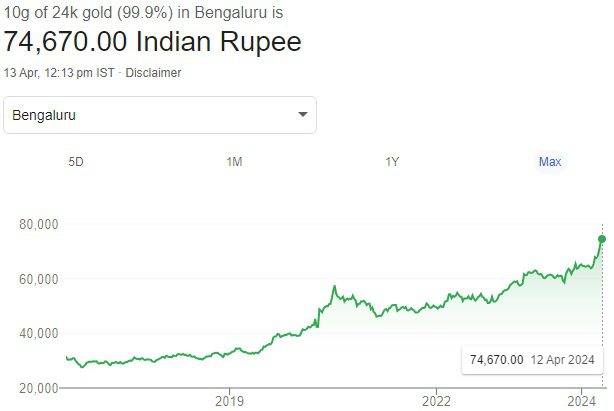
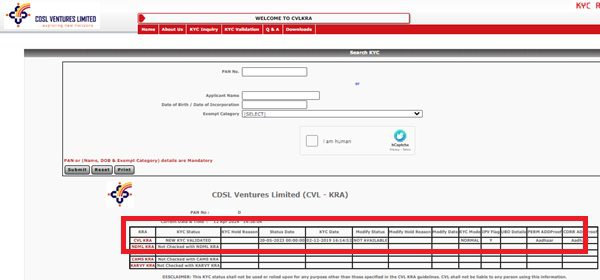

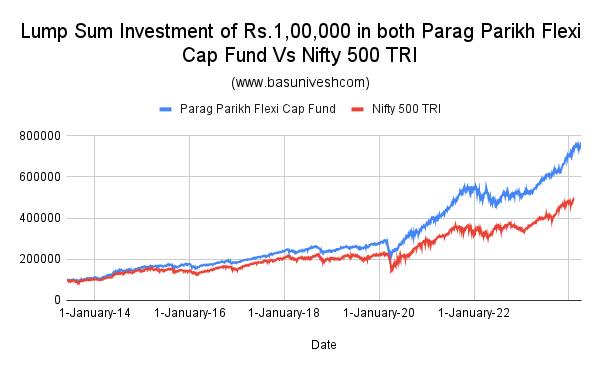
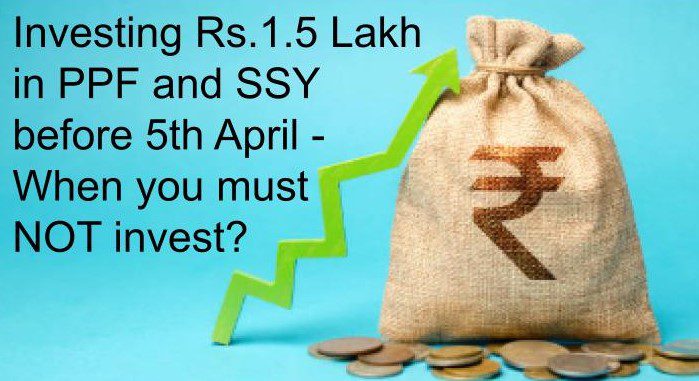



9 Responses
Which is the best platform for invest through SIP in Gold
Dear Sridharan,
Why Gold?
Daughter marriage, now her age is 10 years, approx after 15 years i need gold, so only sir
Dear Sridharan,
Then for future usage, why not use equity and debt and accumulate the cash to buy after 15 years?
It’s really a good article with clear explanation, I think if you can suggest where to buy this bond, it would be great. Will the banks charge any additional money(hidden charges) on purchasing the bond or can we go ahead with the bank?
Dear Kishore,
Through brokers or banks also provide such online purchase facility of buying it.
Thank you very much
Hi Basavaraj, my cousin is waiting for his invite from Canada for PR. As of now he is very much an Indian Resident. In his case, can he buy bonds worth 10L and keep those bonds in locker or safe custody if he has to go?
Dear Kris,
Yes. Let him hold in demat format.